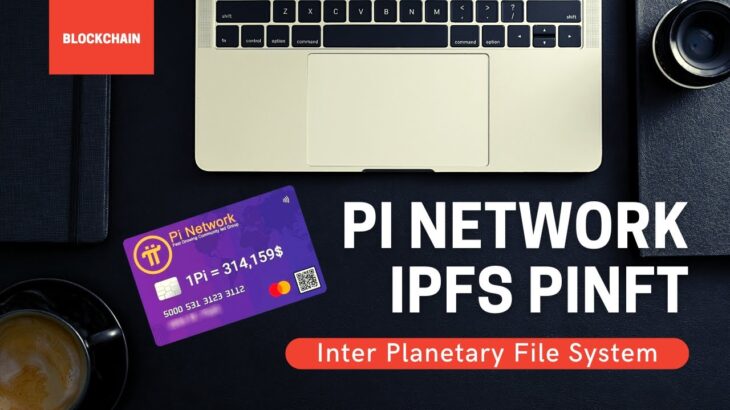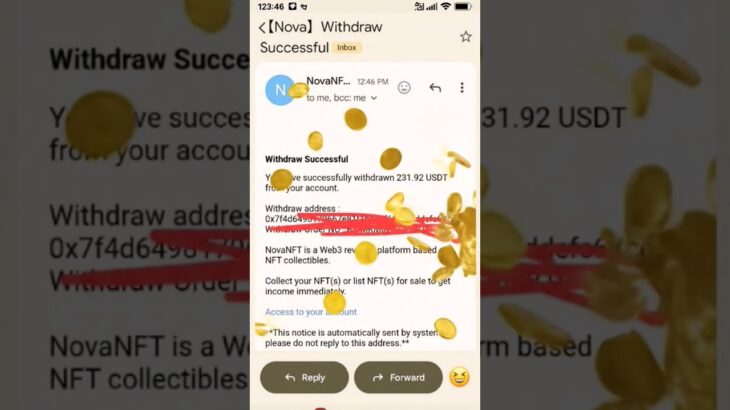Join this channel to get access to perks:
https://www.youtube.com/channel/UCYALmrX0vqK8FNx-KEDB5AA/join
Who We Are
To bring forth a better world of cryptocurrency, the Pi Founders knew they had to integrate theory and practice, applying what they learned in their Stanford PhDs in computer and social sciences to a real-world environment. After identifying key barriers to Crypto accessibility and adoption, the Pi Founders set out to build the next generation of web integrated with blockchain. Pi Network—first becoming available in December 2018 and officially launched on March 14, 2019 (Pi Day), with growing community participation ever since—is their solution. Today, the 35+ full-time Core Team members around the world strive to enable a large, passionate, and globally-spread-out community to make decentralized efforts toward a common purpose.
Built for Everyone, By Everyone
Pi Network is a community of tens of millions of humans mining Pi cryptocurrency to use and build the Web3 app ecosystem. This blockchain network relies on its community of Pioneers, and rewards them, through an innovative mobile mining mechanism, for their diverse contributions and digital citizenship in a clear, meritocratic and decentralized way.
In order to ensure fairness in Pi mining, secure the Pi blockchain, maintain integrity in the Pi ecosystem, and eventually create and safeguard the community-run governance, it is essential to empower real people around the world and disempower malicious actors, bots, or free riders. Pi relies on its community of Pioneers to meritocratically mine Pi tokens using their mobile phones, while Pi KYC serves as a core mechanism to ensure true humanity and build collaboration into the network, enabling the community to create a decentralized ecosystem with meaningful use cases for everyday people. An accessible developer platform, combined with a large, identity-verified and crypto-enabled social network, positions Pi Network to become a pillar of the next wave of technological revolution.
Nicolas Kokkalis
Head of Technology
Dr. Nicolas Kokkalis is a Stanford PhD and instructor of Stanford’s first decentralized applications class, CS359B, in 2018. His work focuses on combining distributed systems and human computer interaction to bring cryptocurrency to everyday people.
As a strong and long-term believer of the technical, financial and social potential of cryptocurrencies, he is determined to move them beyond their current limitations and is committed to bringing the power of blockchain to more people.
Chengdiao Fan
Head of Product
Dr. Chengdiao Fan is a Stanford PhD in Anthropological Sciences harnessing social computing to unlock human potential on a global scale.
By optimizing human-computer interaction and envisioning the future human socioeconomic life through the web, Chengdiao is building Pi Network to mobilize individuals all over the world to participate and be rewarded for their contributions, and establish an inclusive ecosystem for global citizens to unleash and capture their own agency, and in turn create utilities and productions for society and the world.
Solution: Pi – Enabling mining on mobile phones
After identifying these key barriers to adoption, the Pi Core Team set out to find a way that would allow everyday people to mine (or earn cryptocurrency rewards for validating transactions on a distributed record of transactions). As a refresher, one of the major challenges that arises with maintaining a distributed record of transactions is ensuring that updates to this open record are not fraudulent. While Bitcoin’s process for updating its record is proven (burning energy / money to prove trustworthiness), it is not very user (or planet!) friendly. For Pi, we introduced the additional design requirement of employing a consensus algorithm that would also be extremely user friendly and ideally enable mining on personal computers and mobile phones.
In comparing existing consensus algorithms (the process that records transactions into a distributed ledger), the Stellar Consensus Protocol emerges as the leading candidate to enable user-friendly, mobile-first mining. Stellar Consensus Protocol(SCP) was architected by David Mazières a professor of Computer Science at Stanford who also serves as Chief Scientist at the Stellar Development Foundation. SCP uses a novel mechanism called Federated Byzantine Agreements to ensure that updates to a distributed ledger are accurate and trustworthy. SCP is also deployed in practice through the Stellar blockchain that has been operating since 2015. A Simplified Introduction To Consensus Algorithms
Before jumping to introducing the Pi consensus algorithm, it helps to have a simple explanation on what a consensus algorithm does for a blockchain and the types of consensus algorithms that today’s blockchain protocols generally use, e.g. Bitcoin and SCP.






